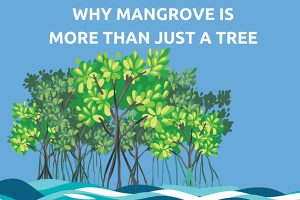Five Years after the Landslide at Mortomeh – a new threat appears
In the early hours of 14th August 2017, Sierra Leone woke up to witness a huge catastrophe at Mortomeh, at the foot of Mount Sugarloaf, west of Freetown. Residents of the area still remember the tremendous noise that followed the shaking of the earth. Until today, everyone in Freetown can tell where he or she was, when it happened. We are talking about the big landslide which buried a lot of houses and took more than 1,000 lives.
When you drive along the highway through Regent village, passing the site today, you can still see where the mountain collapsed. It looks like a natural monument. Nature wants to remind us of what can happen if we don´t take environmental protection and conservation seriously, and if we continue with deforestation and destruction of mother earth. Unfortunately, it looks like we still haven´t learned from our bitter past.
On the 18th August 2022, five years after the catastrophe, a small team from the Conservation Society of Sierra Leone (CSSL) went to the site of the landslide to meet and discuss with key stakeholders (community members and representatives from relevant government agencies) on the current situation at Mortomeh, and to see which measures had been undertaken so far to avert a second August 14.
Even before the team got to Mortomeh, residents had already reported about a huge new crack which was visible some days ago. The team first thought the new crack would be on the side of the mountain where the landslide had happened, just to find out that the crack is on the side where the houses of community people are. The crack is very long, and continues along the whole mountain. It can be traced over paths, along houses, through houses and over new construction sites. It is very alarming to see that this crack is already some centimetres wide at some places. It goes through a big part of the so-called Yellow Zone. “People who live in the Yellow Zone – especially those who live along the crack and in houses above it – should move immediately. We are very alert about the situation. Therefore, we came as soon as we were informed about this new crack”, Lebbie Thomas from the National Disaster Management Agency (NDMA).
It is obvious that not only NDMA is alert; the community people are as well. On their way through the community and along the crack, the team witnessed people moving their belongings to other houses. Some residents expressed strong intention to move immediately to somewhere else if provided the opportunity. “I don´t understand why some people who have their houses up next to the street received compensation from the World Bank and the government; but other people and I, who live down here, didn´t receive anything”, one of the local chiefs lamented.
The conversation with community members shows that, it is not only about awareness raising and information, it also has to do with giving people a real option to move to safer places. Even though some new buildings look expensive, and some massive houses currently being built inside the Yellow Zone, there are also many residents who cannot afford to move easily. “I am very concerned about the situation. We need a joint effort now to tell people that they have to move to save their lives”, Madam Metzger, headwoman at Regent village emphasised as she took the team around. She engaged community members and explained the situation to them.
Officials from the National Protected Area Authority (NPAA) also joined the NDMA and other actors at the site to make an assessment and then decide on taking appropriate actions immediately. “We are here to make our assessment; and what I can say from what I have seen so far is that, we will come back very soon to take immediate action on this new situation. It is very serious”, Joseph Ranto Musa, Executive Director at NPAA.
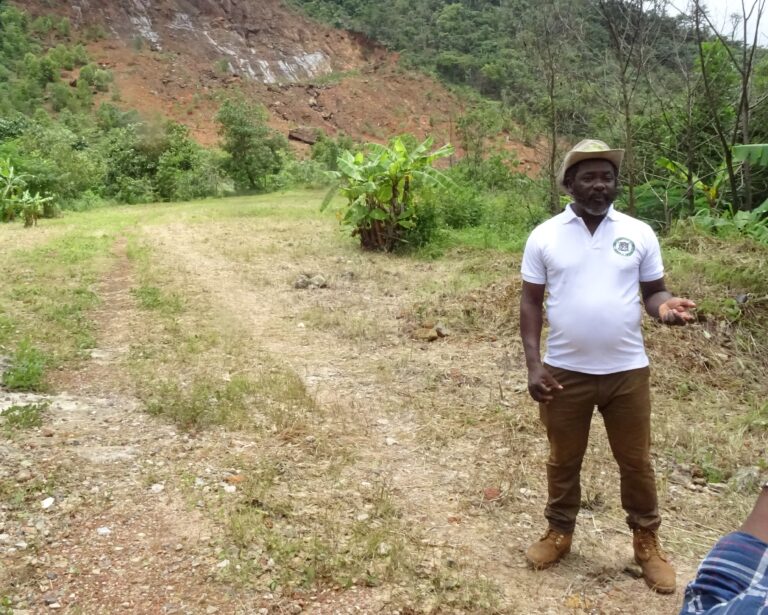
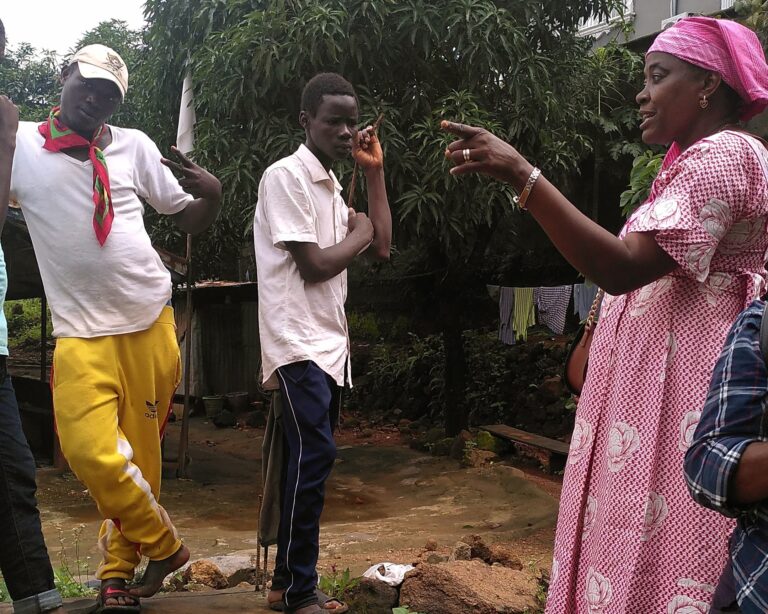


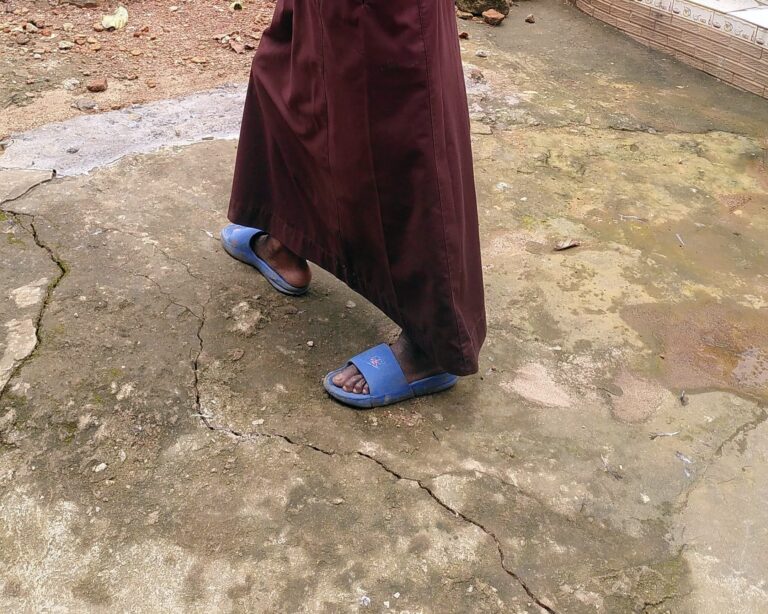
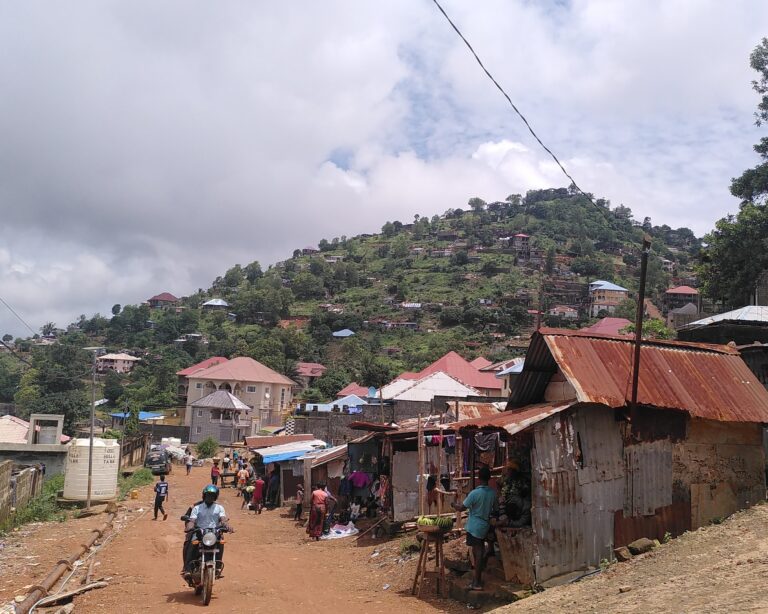
Conservationists’ main concern is a recurrence of this situation in the near future. Looking around Freetown, there is the sight of construction activities everywhere. Most construction sites were years ago, areas where our eyes were pleased with a green forest cover overlooking the hills on the Western Peninsula. Many of these hills could be the next site of a catastrophe. We cannot entirely call them natural catastrophes since they are manmade. They happen because of the way we change the environment through deforestation, construction and agriculture. So, man is largely responsible; and it is man also who can make the change by stopping deforestation and taking reforestation seriously.
Let´s work together for a safe future and a stable environment for all of us.
“Preventing future catastrophes is on us. CSSL is always happy and ready to work together with government agencies, community members and other CSOs to reach that goal”, Charles Showers, President of CSSL.
For further information you can also read the report of NDMA about the assessment of the site on the website of NDMA.

